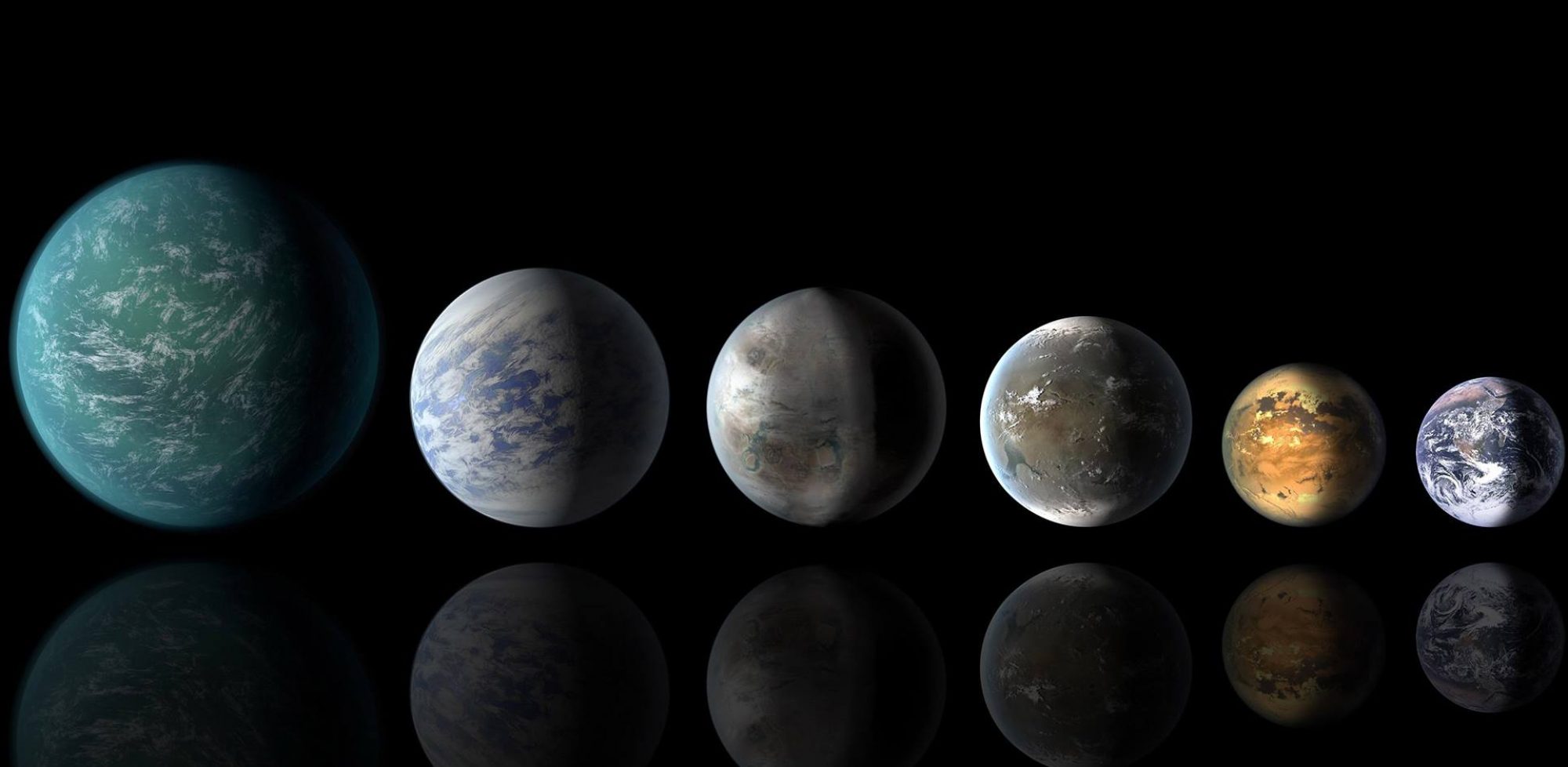The very first planet detected outside our solar system powerfully made clear that our prior understanding of what planets and solar systems could be like was sorely mistaken. 51 Pegasi was a Jupiter-like massive gas planet, but it was burning hot rather than freezing cold because it orbited close to its host star -- circling …
Does Proxima Centauri Create an Environment Too Horrifying for Life?
In 2016, the La Silla Observatory in Chile spotted evidence of possibly the most eagerly anticipated exoplanet in the Galaxy. It was a world orbiting the nearest star to the sun, Proxima Centauri, making this our closest possible exoplanet neighbour. Moreover, the planet might even be rocky and temperate. Proxima Centauri b had been …
Continue reading "Does Proxima Centauri Create an Environment Too Horrifying for Life?"
Barnard’s Star, The "Great White Whale" of Planet Hunting, Has Surrendered Its Secret
Astronomers have found that Barnard's star -- a very close, fast-moving, and long studied red dwarf -- has a super-Earth sized planet orbiting just beyond its habitable zone. The discovery relied on data collected over many years using the tried-and-true radial velocity method, which searches for wobbles in the movement of the host star. …
What Would Happen If Mars And Venus Swapped Places?
What would happen if you switched the orbits of Mars and Venus? Would our solar system have more habitable worlds? It was a question raised at the “Comparative Climatology of Terrestrial Planets III”; a meeting held in Houston at the end of August. It brought together scientists from disciplines that included astronomers, climate science, …
Continue reading "What Would Happen If Mars And Venus Swapped Places?"
Large Reservoir of Liquid Water Found Deep Below the Surface of Mars
Far beneath the frigid surface of the South Pole of Mars is probably the last place where you might expect the first large body of Martian liquid water would be found. It's -170 F on the surface, there are no known geothermal sources that could warm the subterranean ice to make a meltwater lake, and …
Continue reading "Large Reservoir of Liquid Water Found Deep Below the Surface of Mars"
Asteroid Remains Around Dead Stars Reveal the Likely Fate of Our Solar System
June 30th has been designated “Asteroid Day” to promote awareness of these small members of our solar system. But while asteroids are often discussed in the context of the risk they might pose to the Earth, their chewed up remains around other stars may also reveal the fate of our solar system. It is 6.5 …
Continue reading "Asteroid Remains Around Dead Stars Reveal the Likely Fate of Our Solar System"
Know Thy Star, Know Thy Planet: How Gaia is Helping Nail Down Planet Sizes
Last month, the European Space Agency's Gaia mission released the most accurate catalogue to date of positions and motions for a staggering 1.3 billion stars. Let’s do a few comparisons so we can be suitably amazed. The total number of stars you can see without a telescope is less than 10,000. This includes visible stars …
Continue reading "Know Thy Star, Know Thy Planet: How Gaia is Helping Nail Down Planet Sizes"
Exoplanet Fomalhaut b On the Move
Direct imaging of exoplanets remains in its infancy, but goodness what a treat it is already and what a promise of things to come. Almost all of the 3,714 exoplanets confirmed so far were detected via the powerful but indirect transit and radial velocity methods -- measures of slightly decreased light as a planet crosses …
The Just-Approved European ARIEL Mission Will Be First Dedicated to Probing Exoplanet Atmospheres
The European Space Agency (ESA) has approved the ARIEL space mission—the world's first dedicated exoplanet atmosphere sniffer— to fly in 2028. ARIEL stands for the “Atmospheric Remote-sensing Infrared Exoplanet Large-Survey mission.” It is a space telescope that can detect which atoms and molecules are present in the atmosphere of an exoplanet. The mission was …
The Northern Lights (Part Two)
In my recent column about The Northern Lights, the Magnetic Field and Life, I explored the science and the beauty of our planet's aurora borealis, one of the great natural phenomenon we are most fortunate to see in the far North (and much less frequently in the not-quite-so-far North.) I learned the hard way that …
